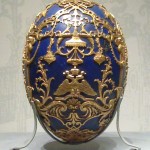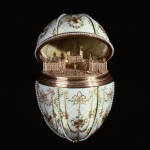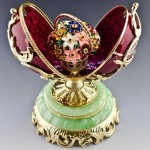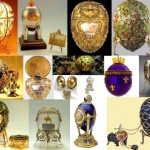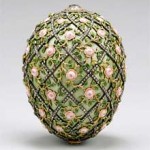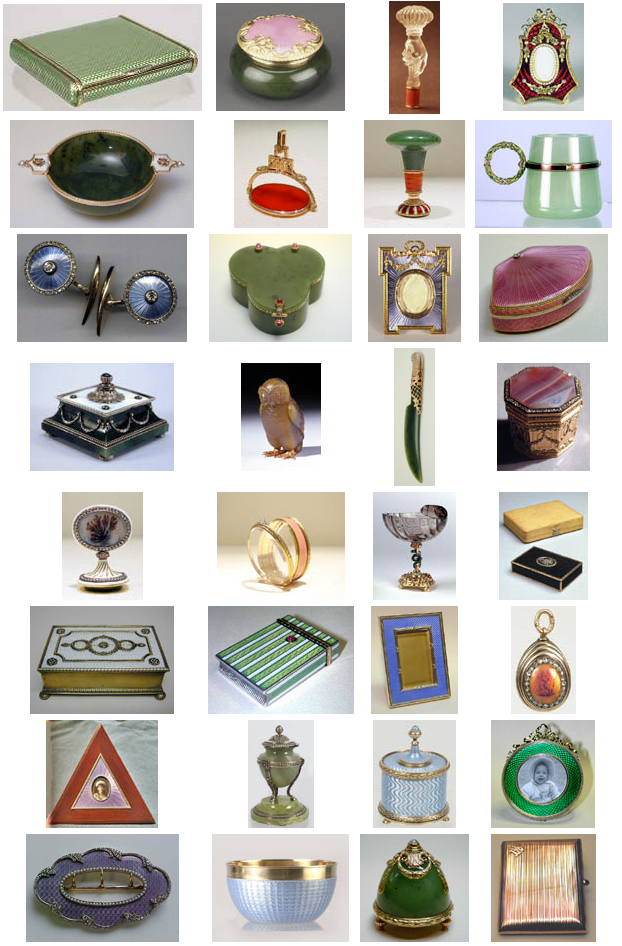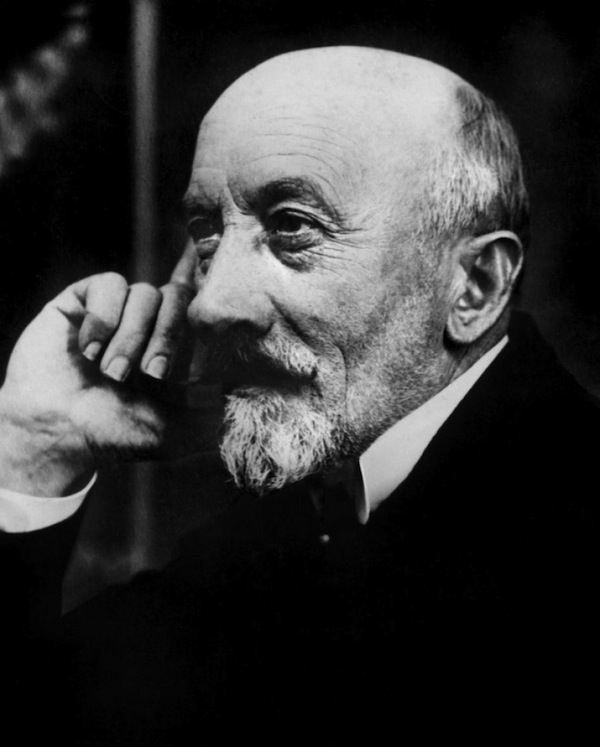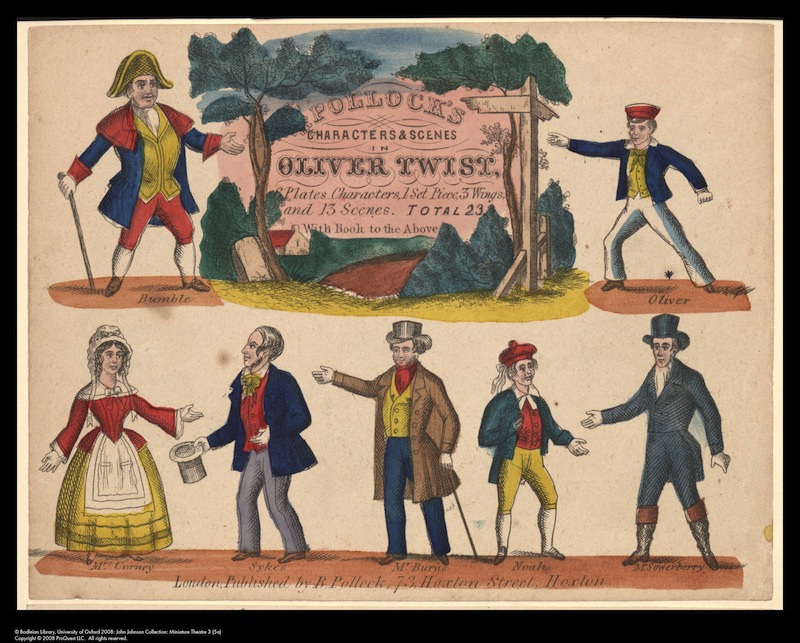Peter Carl Faberge responsible for the famous and best known Faberge Eggs also created unique items for his international clientele. Whole sets of silverware, figurines, jewellery, miniatures, and utilitarian objects were produced at Faberge’s workshops. Hundreds of items are still in existence today, and their variety and beauty of design are remarkable to behold.
One of Faberge’s most popular set of items were life-like flowers, arranged eternally in rock-crystal vases, that looked as if they had been picked during a nature walk. A dandelion made of spun asbestos fibres and green nephrite is one example in the flower series. Careful studies of the original, live, plant were studied to achieve such realistic effects.
Miniature animals, carved from stones of all types, were also very popular. These animals were sometimes portraits of customers’ own animals. The best known collection is the one inspired from the farm animals at Sandringham in Norfolk, England which includes a bull, dogs, pigs, and other animals.
The development of the beautiful enamel work that can be found in most of his pieces had its origins in French enamel work of centuries before. The enamelling process Faberge developed included the use of new colours and the ability to work more effectively on a curved surface. Faberge was even praised by the French after an exhibit of his enamel work in Paris.
Few of Faberge’s figurine miniatures exist today. Objects that were rendered in a traditionally “Russian” style or that depicted typical Russian life were always popular with the upper classes.
Faberge’s objects were designed to suit the most popular styles of the day. Edwardian and Art Nouveau influences can be seen in creations dated to those time periods. Faberge was very careful to appeal to fashionable people’s inclinations.



